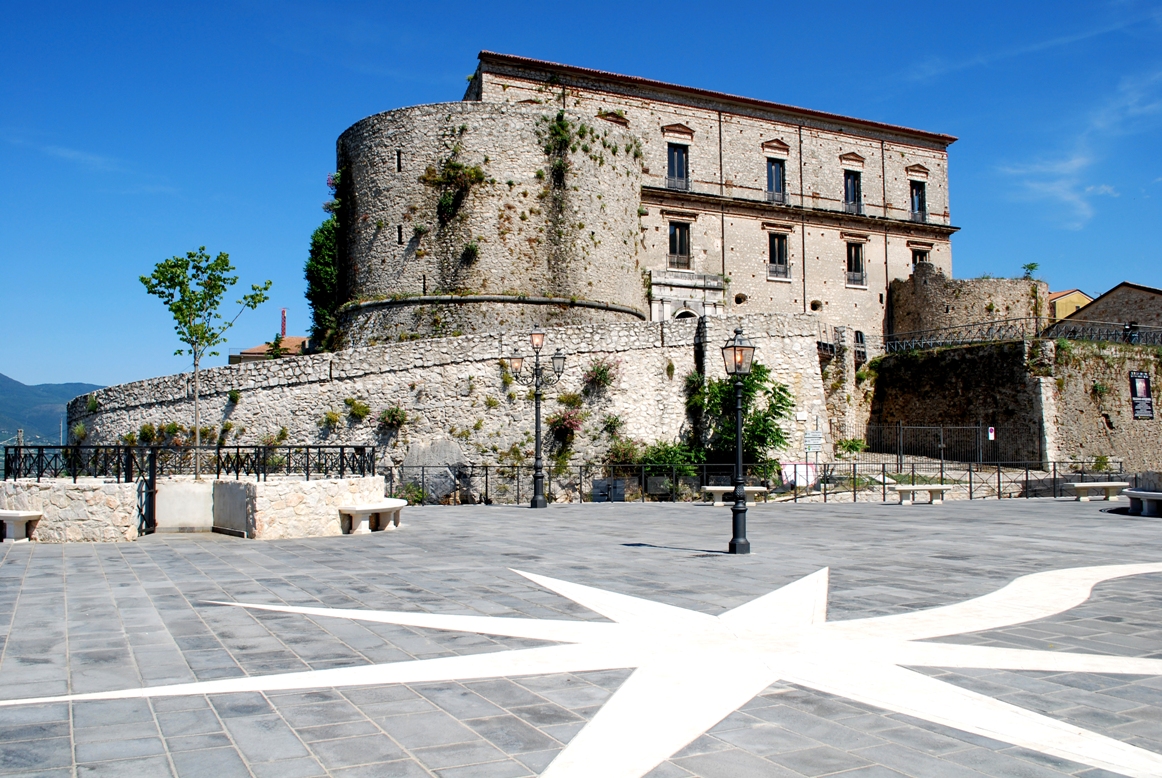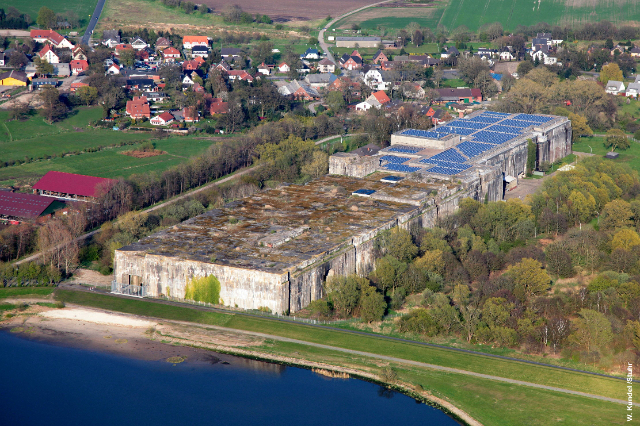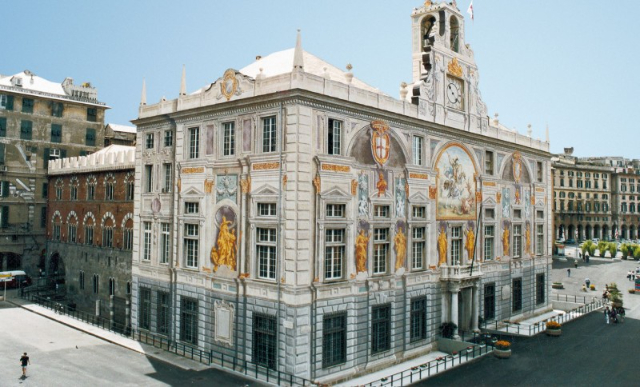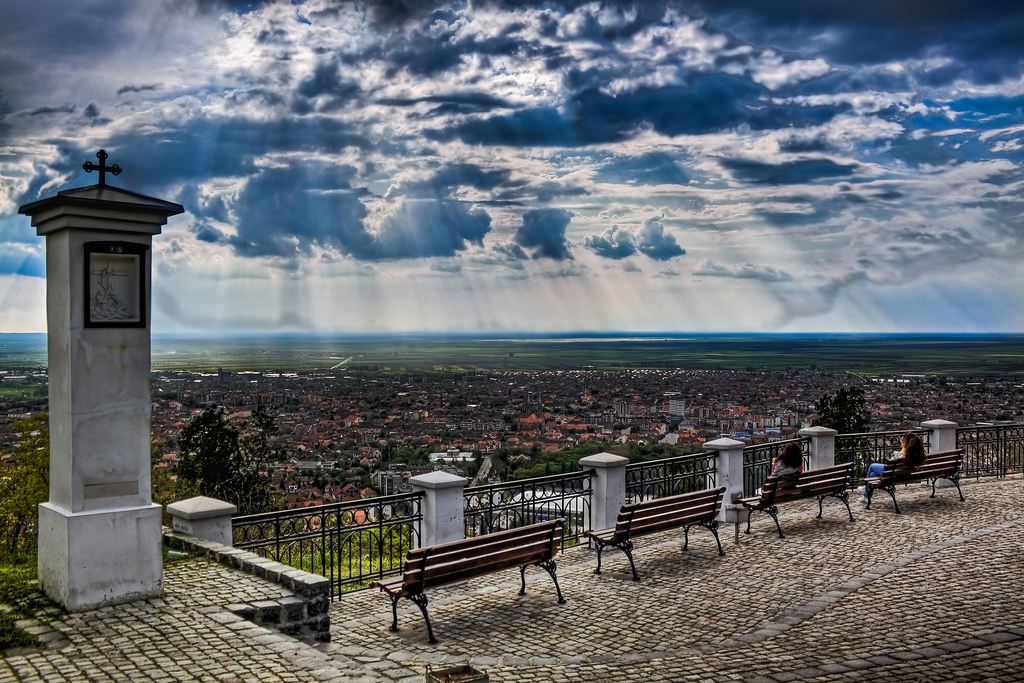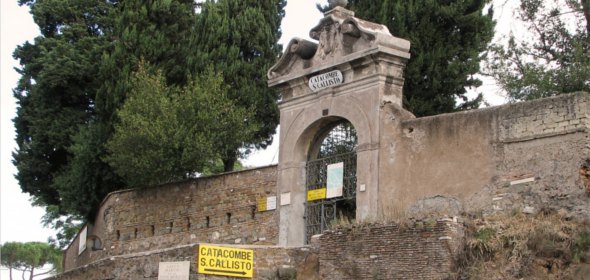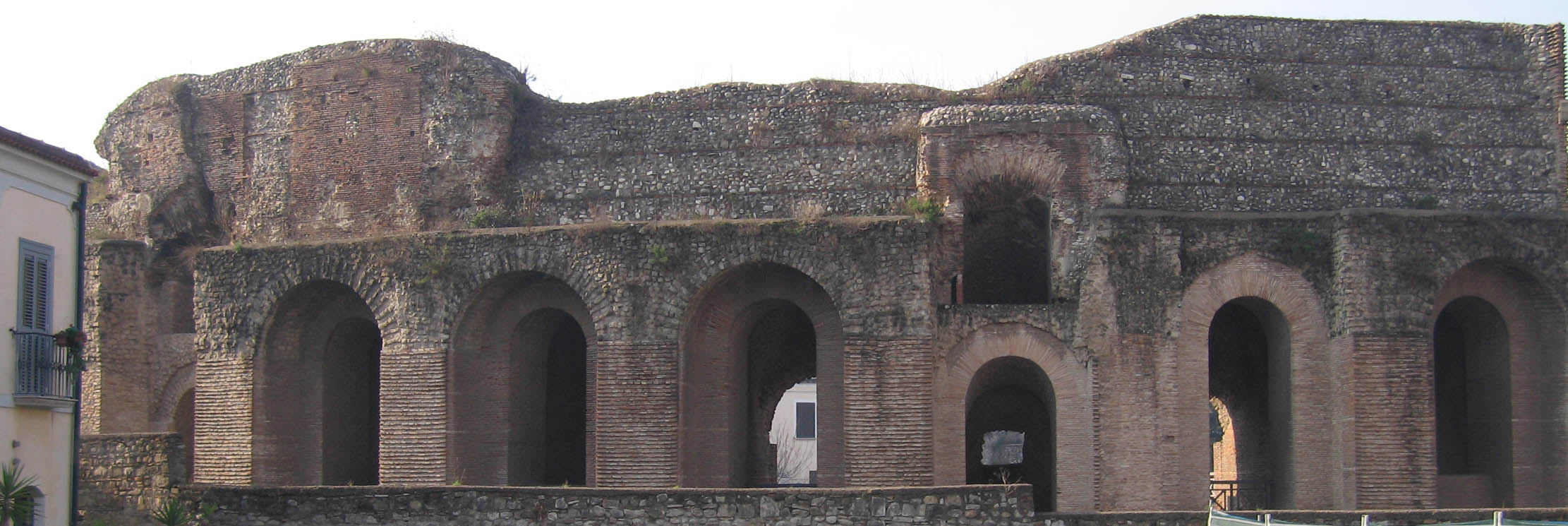Among the historic centers of the Province of Salerno, Teggiano (m. 637 a.s.l. and 8,348 inhabitants) is certainly the one that has best preserved its ancient stronghold physiognomy, and it is with such an appearance that it presents itself to those who reach its Historic Center.
The natural appearance of Roman Ioppidum, still remembered by the preservation in plan of the Cardo and Decumanus is renewed in the Norman and Frederician periods.
But it was especially in medieval times that the then Diano played a predominant role in the history of the Diano Valley. In fact, the powerful Sanseverino family built the castle there and elected it as a stronghold where they could take refuge in case of danger.
There Antonello Sanseverino, Prince of Salerno and lord of the State of Diano, along with many other feudal lords of the area, horded the Congiura dei baroni, a sort of tax revolt against the King of Naples Frederick of Aragon and concluded in 1487 with an agreement between the parties.
At that time, in addition to the castle, the whole town was protected as Diano was surrounded by high walls with 25 watchtowers and four access gates and was deemed impregnable after it resisted the siege of the new King of Naples Ferdinand of Aragon for 3 months.
The historic center is a little treasure chest of surprises.
The first one we encounter is called Antichi Feudi, an old baronial palace transformed over time into a small charming family-run hotel.
There are no fewer than 15 churches in the historic center. The Cathedral of Santa Maria Maggiore, built in the 13th century and rich in works of art from the 14th and 15th centuries; the imposing Castle of the Sanseverino Princes, erected in Norman times and the scene of important historical events, including the conspiracy of the barons in the second half of the 15th century. Teggiano reached its greatest splendor under the Sanseverino princes, who elected the small medieval village as their personal fiefdom, ruling here until the mid-16th century.
